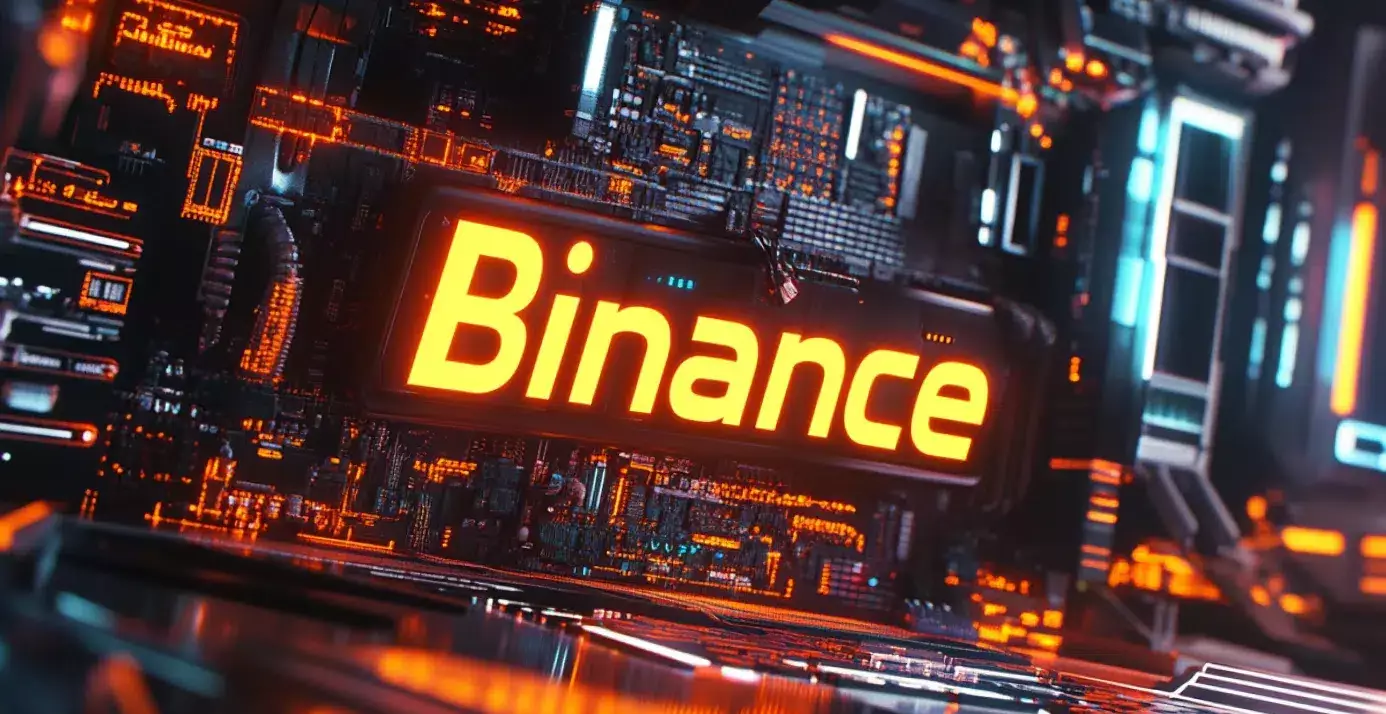Binance, one of the world’s premier cryptocurrency exchanges, has made waves in the industry by launching a “Vote to Delist” feature, allowing its verified users to participate in the decision-making process on whether certain tokens remain in circulation. While this may seem like a democratic advance, it raises some harsh realities about the power dynamics at play within the cryptocurrency market. A community-driven governance model is only as effective as the willingness of its members to wield that power responsibly.
For example, Binance has placed 27 tokens in its “Monitoring Zone,” a categorization that de facto labels these cryptocurrencies as struggling. With market caps as paltry as $399 million, many of these tokens were already teetering on the edge of irrelevance before this initiative. JASMY, ZEC, and FTT might find themselves swiftly marked for extinction, signaling to both investors and developers alike: the cryptocurrency market is merciless when it senses weakness.
Token Democracy or Token Tyranny?
While Binance touts this initiative as empowering its community, one must ask: are we truly facilitating user autonomy, or are we orchestrating a public execution of tokens deemed “unworthy”? The eligibility criteria for voting—having a verified account and maintaining a minimum BNB balance—pose a subtle barrier to entry. This exclusivity can potentially skew support toward more prominent tokens simply due to their higher base of active supporters.
This could lead to a scenario where lesser-known, potentially ingenious blockchain projects get suffocated under the weight of popular sentiment rather than merit. The major players have the loudest voices, and when the dust settles, the democratic façade of voting may obscure the reality that the token’s survival hinges on a popularity contest.
What’s at Stake in the Current Market Climate
The timing of this feature’s rollout could not be more precarious. With numerous cryptocurrencies already suffering losses, the introduction of such a delisting mechanism can exacerbate existing volatility. For example, notable tokens like BURGER saw a staggering drop of 48.1% shortly after the announcement of delistings, triggering panic among investors and shrinking comfort in token ownership.
In an already fragile ecosystem, major cryptocurrencies such as Bitcoin (BTC) and Ethereum (ETH) are also facing downward pressure. This compounding of stressors makes the market atmosphere ripe for rash decisions, whereby users might vote to eliminate tokens unjustly, either out of fear or impulsive reactions driven by herd mentality. The emotional rollercoaster that characterizes crypto trading could transform a community voting tool into a tool for chaos.
Binance’s Institutional Double Standards
While it purports to empower its community, Binance’s underlying review process indicates it retains ultimate control over what survives and what does not. This contradictory stance erodes trust among users. The mere idea that community votes will not be the sole determining factor reveals a significant caveat to this so-called democratization: institutional corroboration often outweighs grassroots input.
A history of delistings—including once-popular projects like Monero and Filecoin—exemplifies that when it comes to Binance deciding the fate of cryptocurrencies, the community’s voice might only be a whisper against the roar of corporate metrics. The current initiative smacks of a corporate play, an illusion of transparency when, in reality, the decision-making power remains firmly in the hands of the exchange’s executives.
In a world where innovation should drive value, the risk is that this model might stifle what could be the next big breakthrough in blockchain technology, favoring only those with vocal supporters rather than true potential and merit.
















Leave a Reply